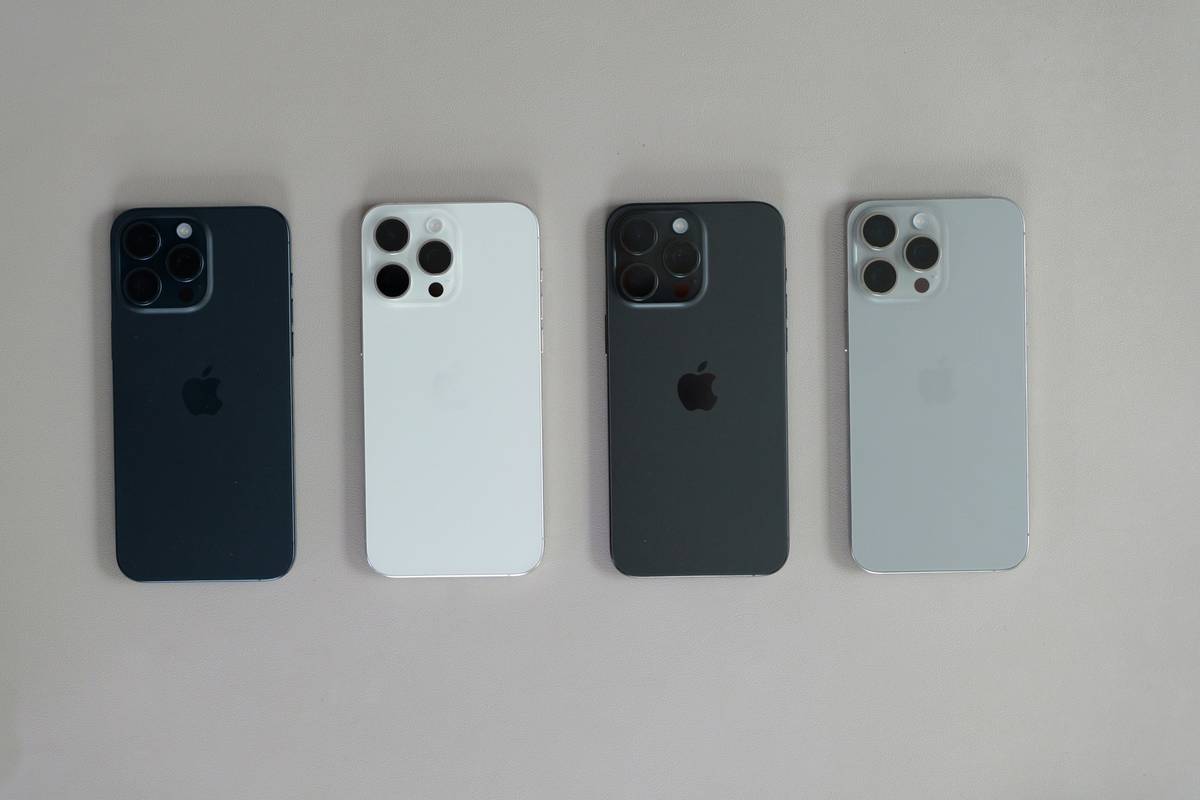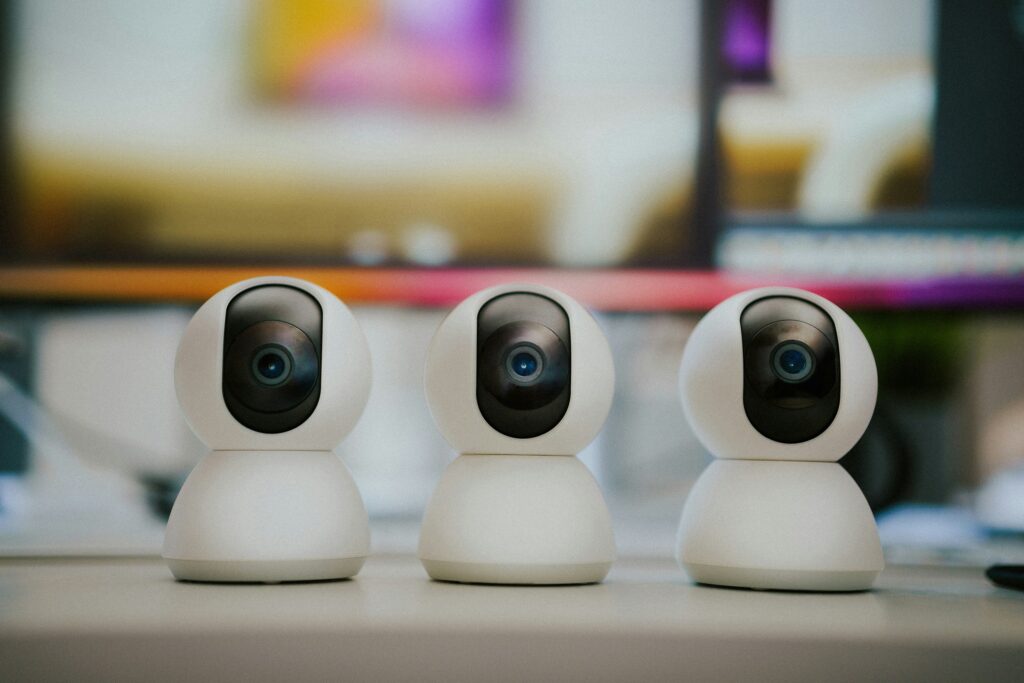Ever had your stream crash mid-battle royale while your viewers typed “Lagggg” in the chat? Yeah, we’ve all been there. Streaming can feel like hosting a live concert where the sound cuts out halfway through—frustrating for both you and your audience. But what if I told you that choosing the right streaming tech could save your show (and maybe even boost your viewer count)? In this guide, we’ll break down everything you need to know about streaming tech comparison so you can stream smarter, not harder.
You’ll learn:
- Why comparing streaming tech matters
- A step-by-step guide to evaluating tools
- Tips on optimizing your setup for peak performance
- Real-world examples of successful streamers who got it right
Table of Contents
- Why Compare Streaming Tech?
- Step-by-Step Guide to Evaluating Streaming Tech
- Tips & Best Practices for Streaming Success
- Real-Life Examples: What Worked for Others?
- FAQs About Streaming Tech Comparison
Key Takeaways
- Picking the wrong streaming tech can lead to laggy streams, frustrated viewers, and lost opportunities.
- A good streaming tech comparison includes hardware specs, software features, and budget considerations.
- Optimization is key—tweak settings based on your internet speed and PC capabilities.
- Successful streamers often invest time upfront to test multiple setups before finding their sweet spot.
Why Compare Streaming Tech?
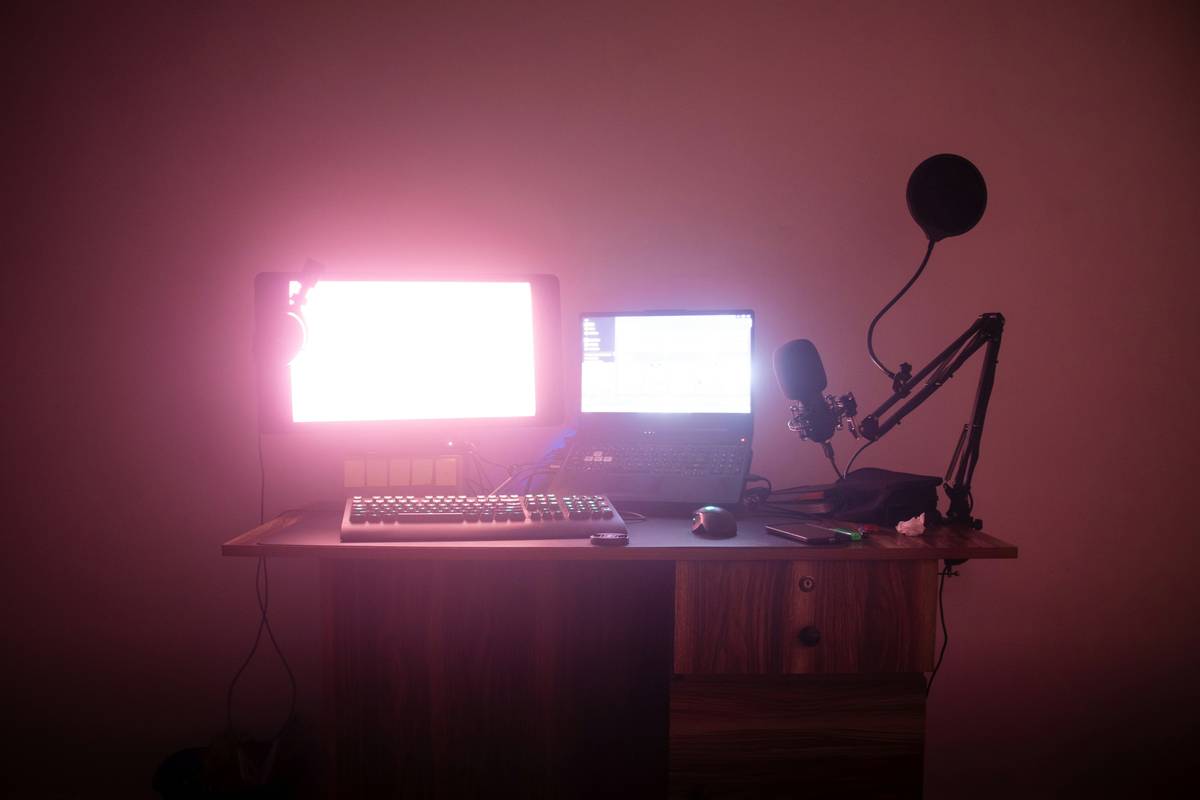
Let me tell you about the time I thought buying the cheapest capture card would work just fine. Spoiler alert: It didn’t. My gameplay footage looked like a flipbook from 1985. Viewers were dropping faster than my FPS during an Overwatch match. That’s when I realized how critical it is to compare streaming tech properly.
When you’re shopping for gear or software, here’s what you should consider:
- Hardware vs. Software: Is OBS Studio enough, or do you need XSplit for advanced overlays? Do you have a GPU powerful enough to handle encoding?
- Budget Constraints: High-end rigs are great, but over-spending can leave you broke faster than a failed crowdfunding campaign.
- Compatibility Issues: Ever plugged in a shiny new microphone only to realize your interface doesn’t support USB-C? Painful lesson learned.
Step-by-Step Guide to Evaluating Streaming Tech
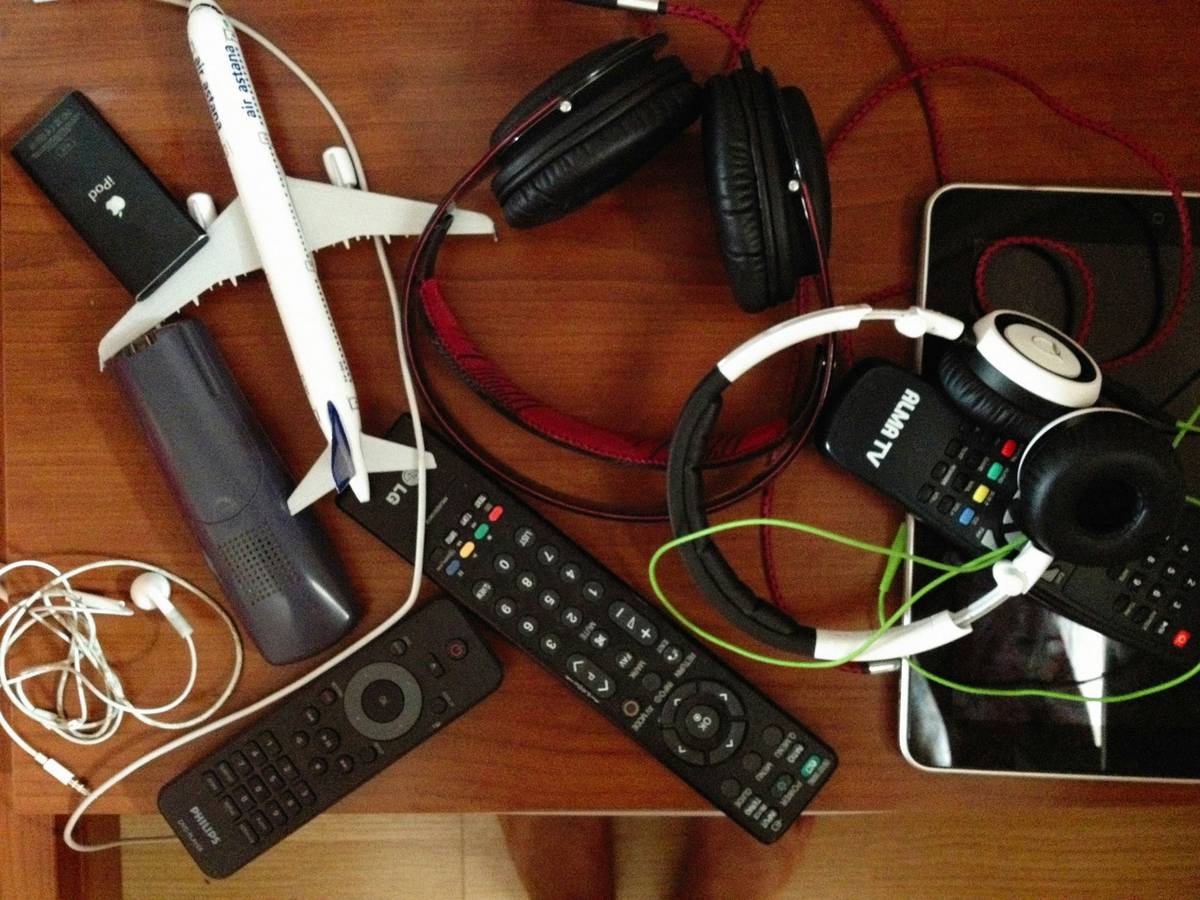
Optimist You: “This will be easy! Just follow these steps!”
Grumpy You: “Ugh, fine—but only if coffee’s involved.”
1. Know Your Needs
Do you focus on gaming, podcasts, or art tutorials? Different content types demand different tech requirements. For instance, gaming requires solid graphics cards and low-latency encoders, whereas podcasters might prioritize microphones and audio interfaces.
2. Research Hardware Options
Hardware makes or breaks your stream quality. Here’s a quick rundown:
| Device | Pros | Cons |
|---|---|---|
| Gaming Laptop | Portable, pre-built | Can get expensive; limited upgrade options |
| Desktop PC | Customizable, future-proof | More expensive upfront |
| Capture Card | High-quality passthrough | Additional cost |
3. Test Before Committing
Before shelling out big bucks, try demos, free trials, or borrow equipment from fellow streamers.
Tips & Best Practices for Streaming Success
Tip #1: Invest in Reliable Internet
No amount of fancy gear saves you from spotty Wi-Fi. Upgrade to Ethernet or fiber optic connections.
Tip #2: Master Encoding Settings
Fiddle with bitrate, resolution, and encoder presets until your stream feels silky smooth without overwhelming your PC.
Terrible Tip Alert: Don’t Overload Plugins!
I once added ten browser sources in OBS because they looked cool. Result? My fans watched half my face freeze mid-sentence while memes flickered awkwardly behind me. Keep it simple, folks.
Real-Life Examples: What Worked for Others?
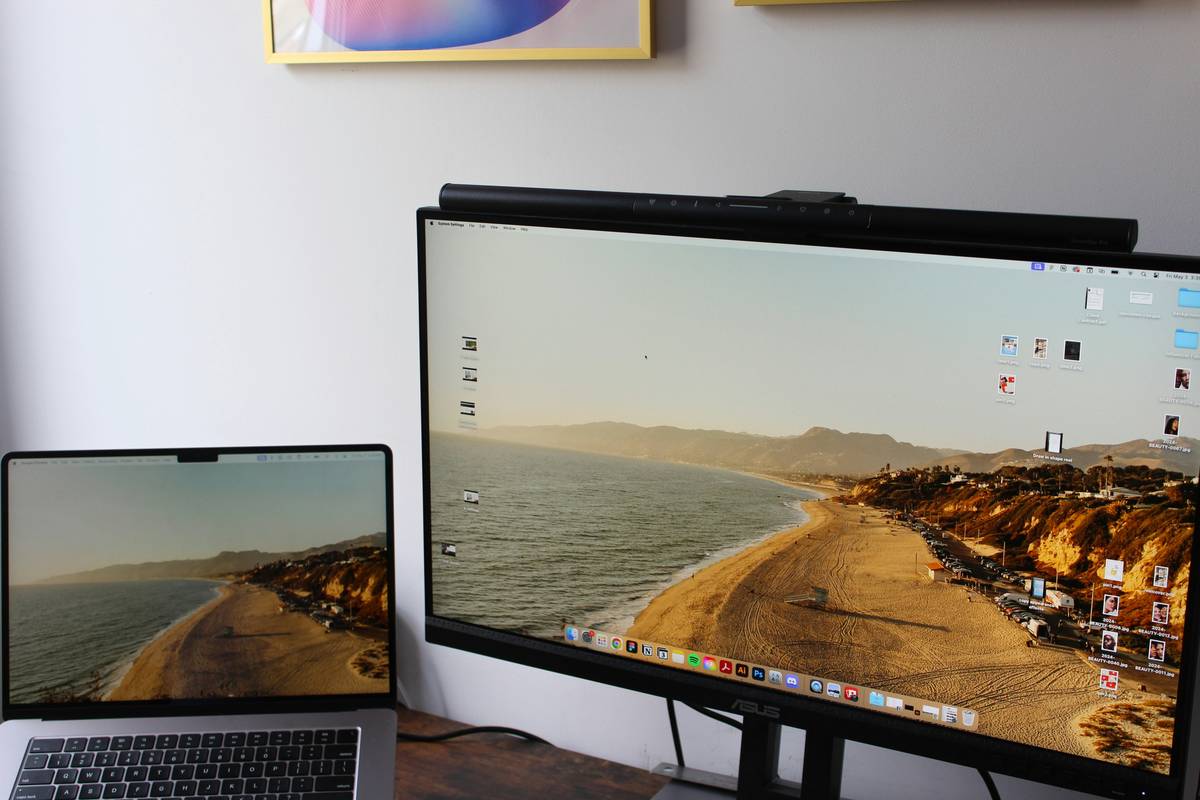
Case Study: Meet SarahDoodles, a digital artist who went from no views to 10K monthly followers by switching from Nvidia ShadowPlay to Streamlabs OBS due to better resource management. She also optimized her bitrate for 720p60 instead of forcing 1080p60, which reduced CPU strain significantly.
FAQs About Streaming Tech Comparison
Q: Which is better—OBS or Streamlabs?
A: Both use similar backends, but Streamlabs offers more beginner-friendly customization, while OBS provides deeper control.
Q: Do I really need a capture card?
A: If you’re recording console gameplay or multi-cam setups, yes. Otherwise, modern PCs can often encode directly.
Q: How much RAM does my PC need?
A: Aim for 16GB minimum, though 32GB ensures smoother multitasking.
Conclusion
By now, you’ve got the tools—and the knowledge—to crush your next streaming tech comparison session. Remember, don’t skimp on research, always test before committing, and prioritize reliability over gimmicks.
And as a parting note… Like dial-up internet speeds circa 2001,
Your dream setup waits,
One click away.
